The Weekly Anthropocene, September 11 2024
A staggering amount of solar, the great whale comeback, turtle tunnels in Australia, French agrivoltaics, New ERA rural electrification, biohybrid fungus robots, Klamath River dam removals, and more!
The Big Picture: Solar
BloombergNEF reports that a massive 428 gigawatts (428 thousand megawatts!) of solar power were installed worldwide in 2023, up by 76% from 2022. Notably, this is per year, not cumulative, making it even more impressive! The global energy picture has changed immensely in just a few years: keep in mind that thanks to this unprecedented solar surge, 85% of new electricity capacity built worldwide in 2023 was clean energy. And we’re still zooming ahead: BloombergNEF forecasts that nearly 600 GW of solar will be installed in 2024. WOW!
The Big Picture: Whales
Whale populations around the globe have rebounded substantially since the end of (almost) all commercial whaling in 1985. A recent article in Nature even argued that whales are now doing so well that the International Whaling Commission (IWC) no longer needs to exist. No matter what happens on the management end, the spectacular results speak for themselves! Great news.
Australia
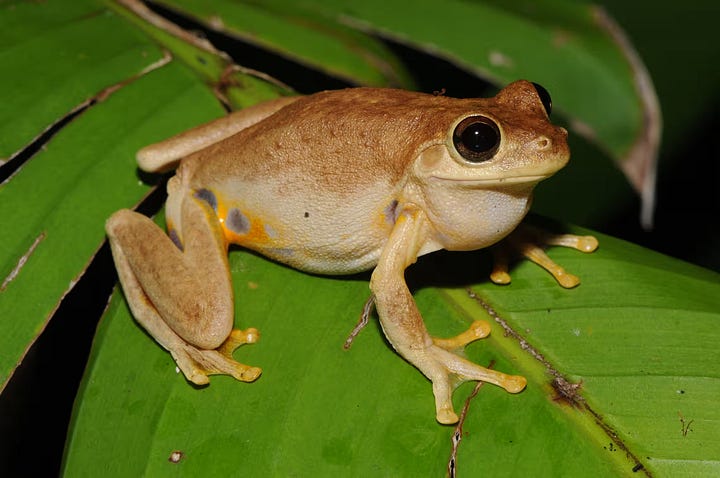


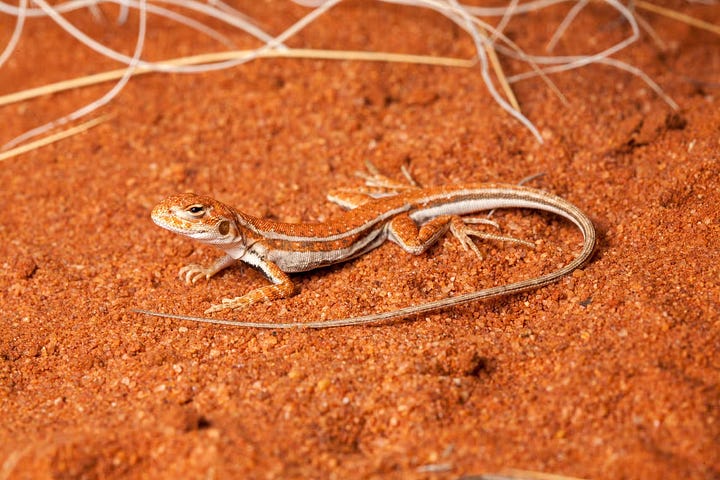
750 new native species were discovered in Australia in 2023, according to the Australian government. Highlights include the western laughing tree frog (Litoria ridibunda), an iridescent marine worm named Marphysa davidattenborough, a new spider dubbed Venomius tomhardyi, and the ghost sand dragon lizard (Ctenophorus tjakalpa), all pictured above. Our amazing biosphere continues to reveal new wonders!
In Australia’s Booderee National Park, a fence enclosing 84 hectares was built to protect eastern quolls from hungry introduced foxes, but it was then found be blocking a local migration route for Eastern long-necked turtles. So conservationists built nine water-filled “turtle tunnels,” providing safe passage under the fence. Rangers have already seen the turtles using the new tunnels at least 70 times, and other species including bandicoots, kookaburras, and an echidna appear to be using them as water holes. Another great example of innovative Anthropocene conservation!
A giant new cleantech project in New South Wales just got federal planning approval, with a 600 MW (0.6 GW) solar farm and up to 600 MW of battery storage, enough to power over 229,000 homes, set to be generating power by 2029. This kind of amazing progress is just happening all the time now!
Egypt
A Singaporean solar manufacturer has announced plans to build a solar manufacturing hub capable of producing 8 GW of solar panels per year near Suez, Egypt. The first 2 GW production line is set to be completed by September 2025. Another sign of the rapid buildout and global reach of humanity’s amazing new clean electron-producing super-industry!
France
The Terr’Arbouts project in France has been approved, with 450 MW of solar panels set to be built on 200 hectares of farmland, coexisting with “a mix of fodder, oilseeds, and omega-3 rich crops.” Originally launched in 2020 by a group of 35 farmers, this will be a landmark in agrivoltaics, the practice of co-locating solar panels with farmland. Awesome!
Greece
Greek shipping company Arcadia Shipmanagement has changed its shipping routes to avoid the Hellenic Trench, a measure intended to help protect the small population of sperm whales remaining in the eastern Mediterrean from deadly ship collisions. As whales rebound, ship/cetacean collisions are an emerging issue, and changing routes to avoid key habitat areas is a great model for the world!
United States
The Biden-Harris Administration just made the biggest investment in bringing electricity to rural America since Franklin Delano Roosevelt’s New Deal! On September 5, President Biden visited the rural town of Westby, Wisconsin to announce $7.3 billion in Inflation Reduction Act funding for the Empowering Rural America (New ERA) program.
The federal funding is expected to catalyze an additional $29 billion in private investments, and will be going out to 16 rural electric cooperatives (serving 5 million households across 23 states) to build or purchase over 10 gigawatts (ten thousand megawatts!) of clean energy projects, mostly solar and wind.
The first finalized grant is to Wisconsin’s Dairyland Power Cooperative, with almost $573 million in New ERA funds catalyzing additional investments for a total of $2.1 billion, set to build projects totaling 1,080 MW (just over 1 GW) including four solar and four wind installations. Dairyland expects this New ERA investment to lower electricity rates for their members by 42% over 10 years.
The Biden-Harris Administration has permitted the 10th offshore wind farm project in U.S. federal waters (a 2.2 GW project set to be built off Maryland), bringing the total up to 15 GW of offshore wind projects now federally approved. For context, that’s up from zero GW of federal offshore wind under the previous administration.
A new analysis calculates that the proposed Manchin-Barrasso permitting bill, which this newsletter discussed recently, would likely substantially reduce U.S. greenhouse gas emissions due to the massive benefits arising from making it easier to build electricity transmission lines. The climate movement should help pass this bill!
The New York Times just published an excellent in-depth article on solar farms’ potential to nurture biodiversity - a topic discussed by this newsletter a few weeks ago. Great to see this good news spreading!
An interdisciplinary team of researchers at Cornell have created two biohybrid robots controlled by the mycelia1 of king oyster mushrooms, with the robots’ actuators responding to the electrical signal from the neuron-like ionic channels within the mycelia. Exposing the fungi to light caused the robots to move differently. (Fungal/electronic integrations are an emerging research area: this newsletter interviewed Professor Andrew Adamatzky about it last year). Fascinating!
“By growing mycelium into the electronics of a robot, we were able to allow the biohybrid machine to sense and respond to the environment…
The potential for future robots could be to sense soil chemistry in row crops and decide when to add more fertilizer, for example, perhaps mitigating downstream effects of agriculture like harmful algal blooms.”
-Professor Rob Shepherd
Enhanced geothermal champion Fervo Energy reports that its new wells in Utah are achieving record-breaking flow rates! More clean electrons on the way.
A new report calculates that since the Inflation Reduction Act was passed in August 2022, domestic U.S. solar panel manufacturing capacity has nearly quadrupled. Wow!
The Klamath River Renewal Project, a far-reaching state and federal partnership approved by the Biden-Harris Administration in 2022, is the largest dam removal project in history. As of September 2024, the removal phase now complete, with four dams removed from the Klamath River in Oregon and California. Work crews will be planting native seeds in the emptied reservoirs this fall.
This project opens up 420 miles of contiguous salmon habitat, which will now be connected with no dams blocking the way for the first time since 1918. The dam removal is particularly meaningful for the local Yurok people, as it could enable them to resume their traditional salmon fishing practices.
“Restoring the river enables future generations to have a shot at continuing the Yurok fishing way of life.”
-Amy Bowers-Cordalis, Yurok Tribe.
It’s also a climate resilience measure. NOAA reports that with the dams removed, Pacific salmon will now be able to reach spawning grounds in cold-water tributaries, increasing juveniles’ survival rates. Excellent work!
"Mycelia” is the plural of “mycelium,” referring to the underground-network part of a fungus as opposed to the fruiting bodies commonly known as “mushrooms.”




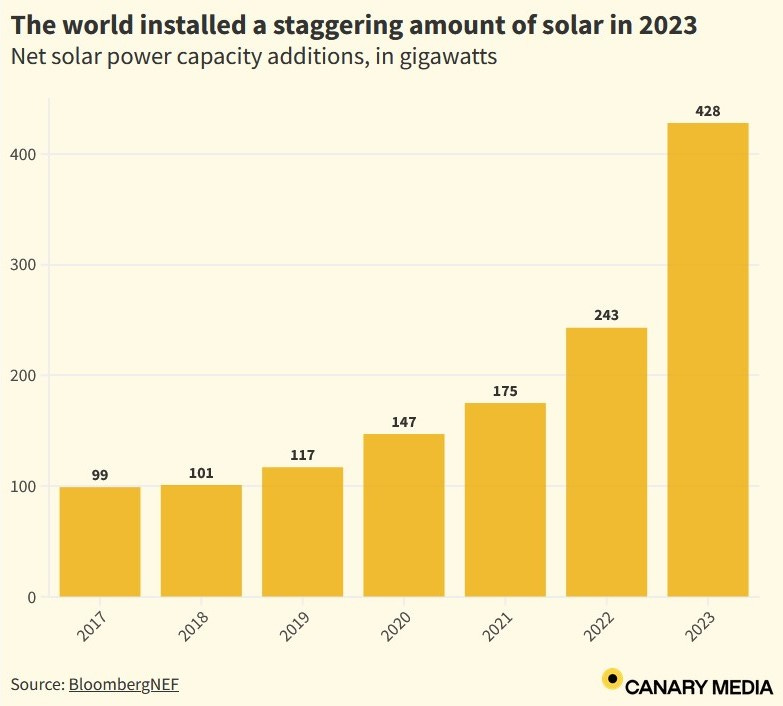
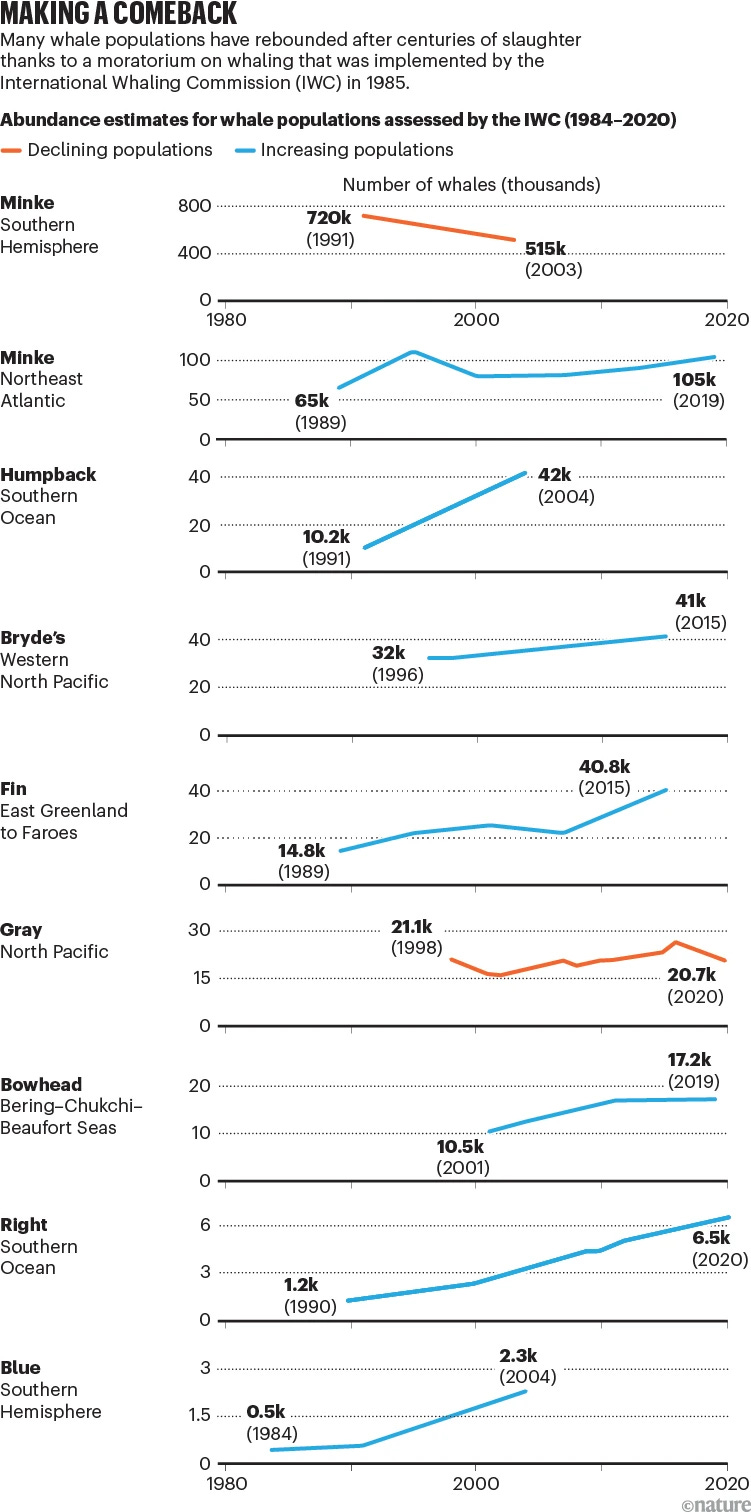
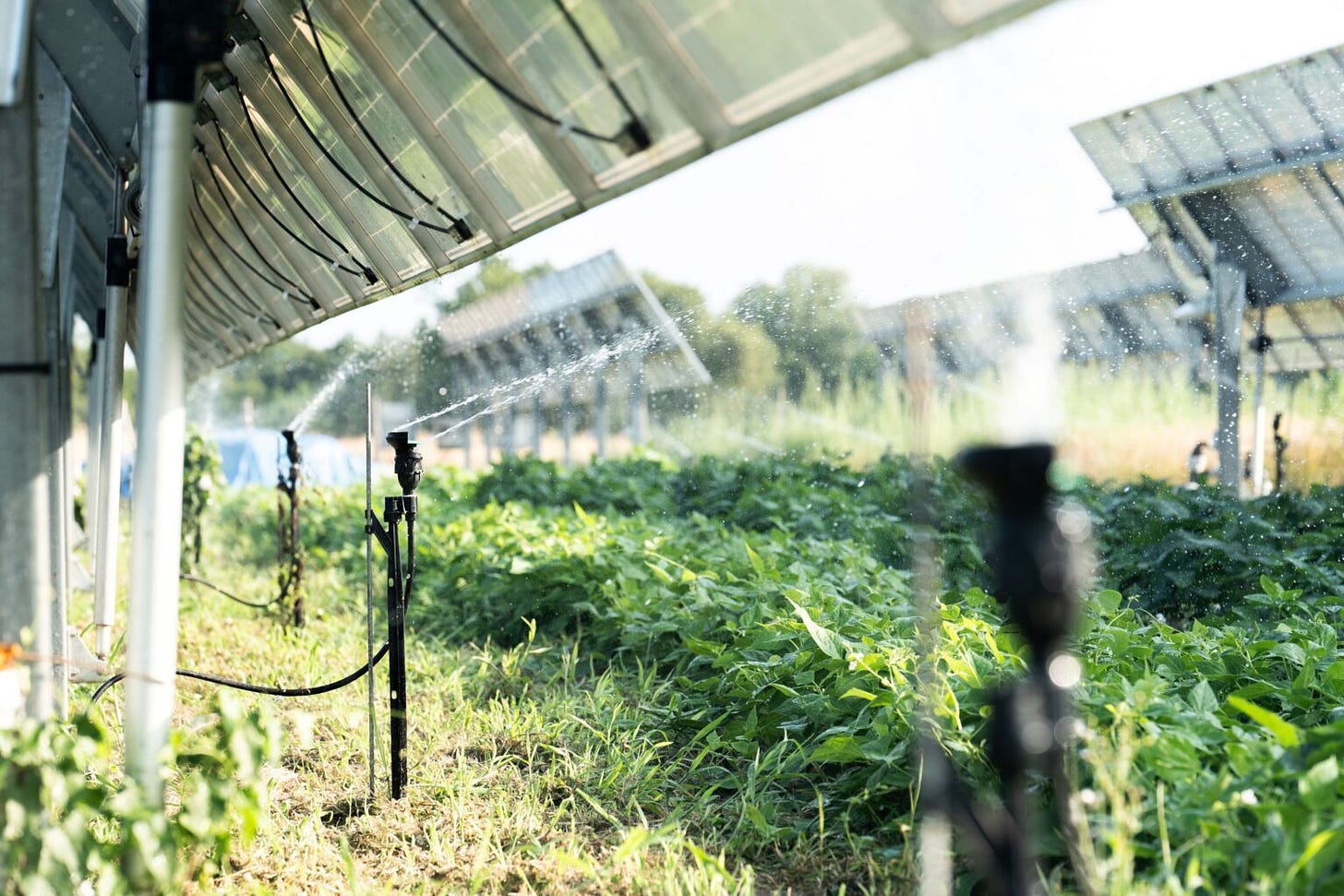
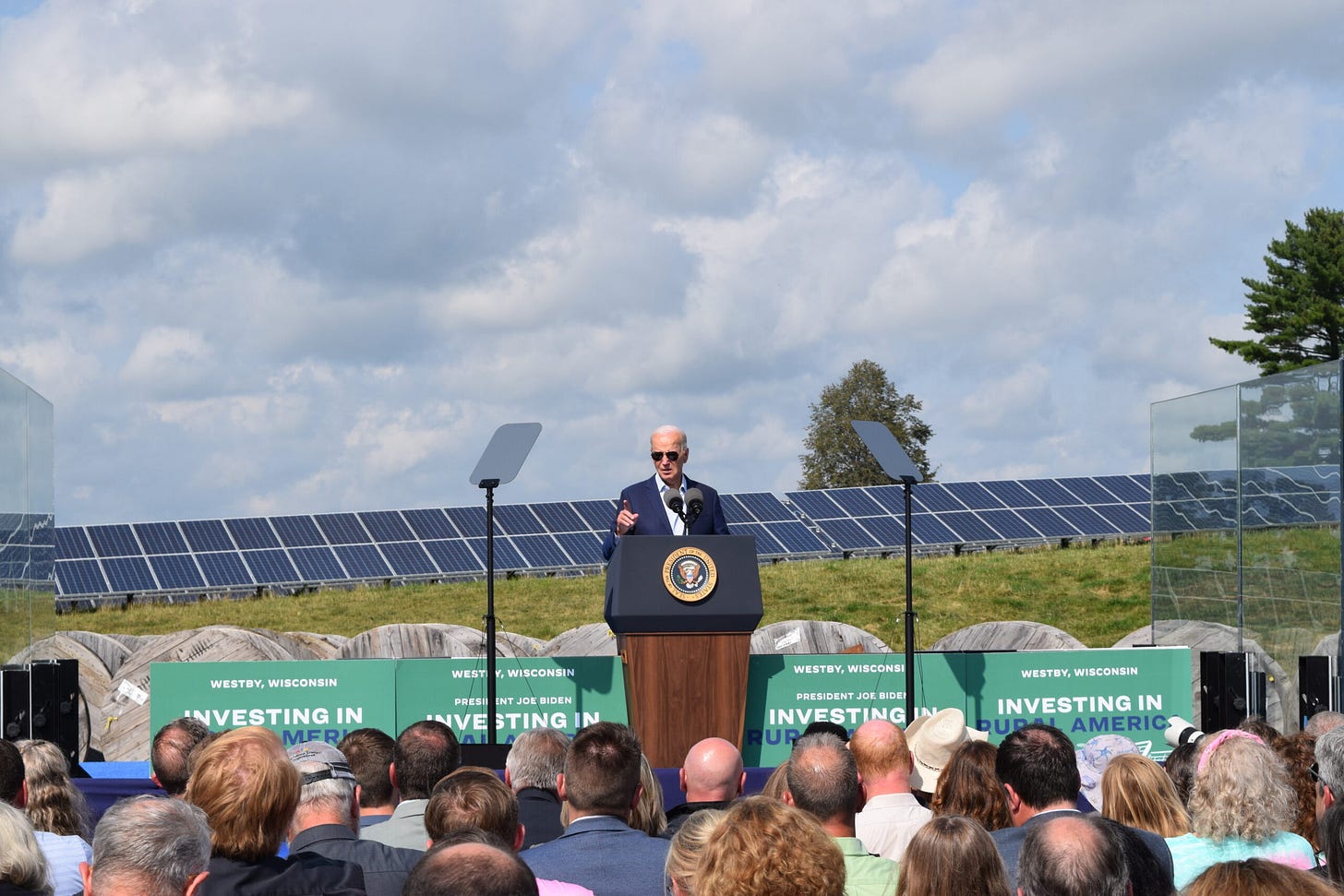

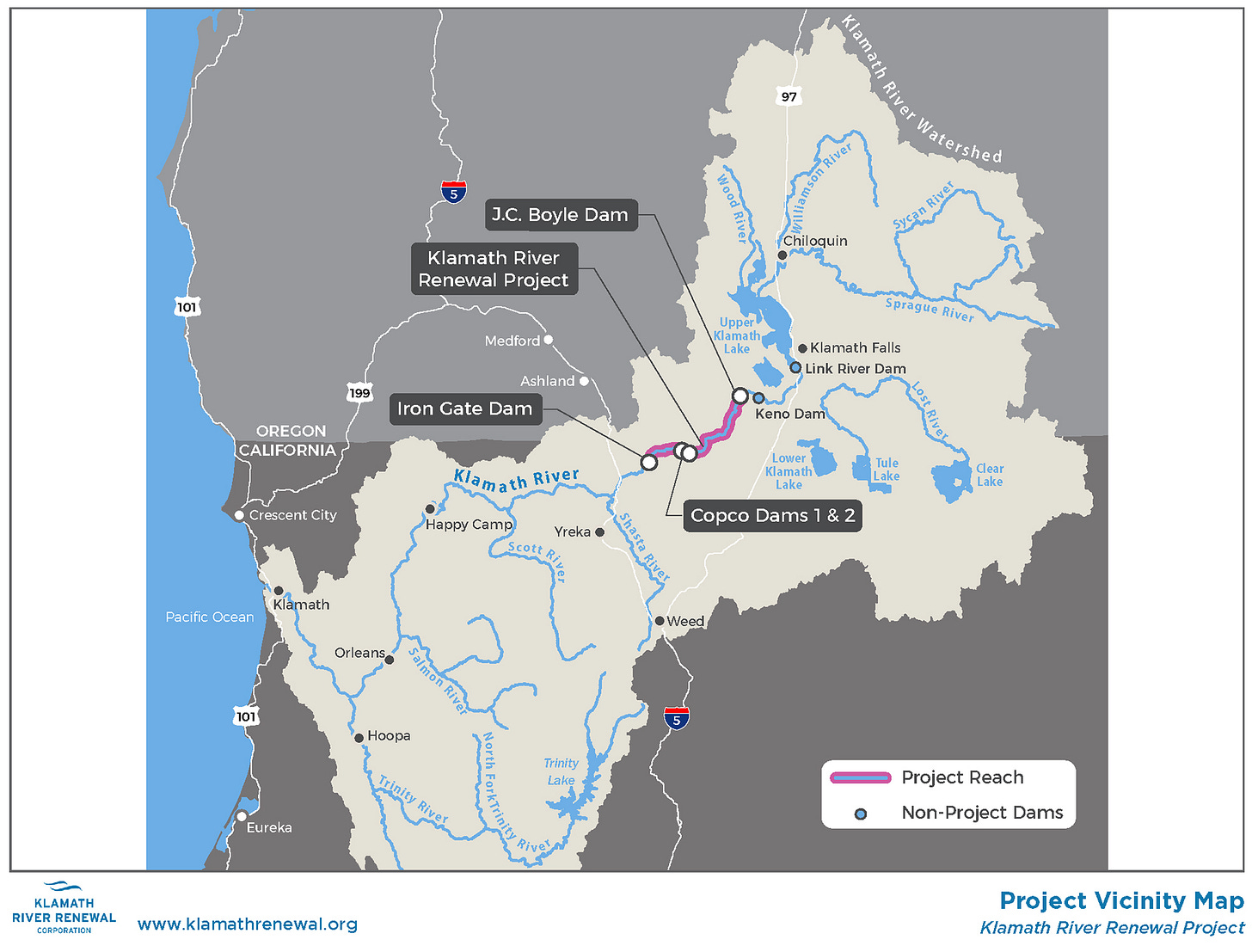
Go Fervo! I ❤️ geothermal power! Also those bio hybrid robots are paradigm shifters with unlimited possible uses!
Go whales!